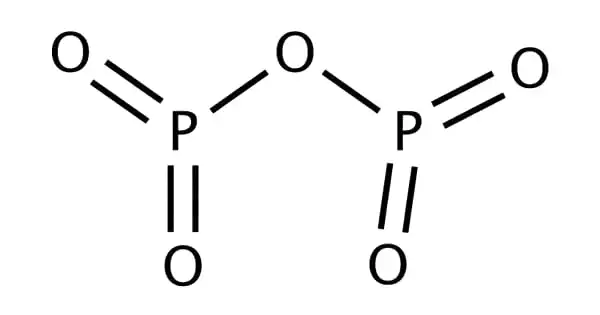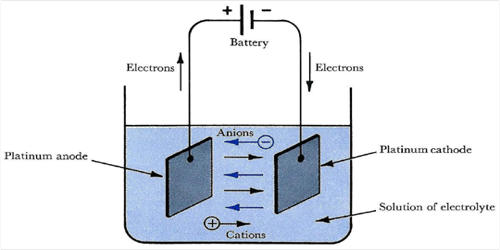Calcium silicate, or Ca2SiO4, is a chemical substance that is often used as a safe replacement for asbestos in high-temperature insulation materials. Calcium orthosilicate is frequently used in industrial pipelines and equipment insulation. Calcium orthosilicate is another name for it, and it’s sometimes written as 2CaOSiO2. The hydrate in cement paste has a varied stoichiometry, and the chemically and physically bonded water in its structure is not well understood. By calcining the oxide with silica, calcium silicate can be made.
Cal-Sil or Calsil is a brand name for calcium silicate that is short for calcium silicate. It’s a white or off-white crystalline or amorphous substance that comes in a variety of hydrate forms. Calcium silicate is virtually harmless when used in oral formulations. Inhalation of dust particles might irritate the respiratory tract. It’s a free-flowing white powder. Natural limestone and diatomaceous earth, a siliceous sedimentary rock, can be used to make it.
Calcium silicate is one of a set of compounds made by reacting calcium oxide and silica in various ratios, such as 3CaOSiO2, Ca3SiO5; 2CaOSiO2, Ca2SiO4; 3CaO2SiO2, Ca3Si2O7; and CaOSiO2, CaSiO3. It has a low bulk density and a high-water absorption capacity. It is chemically inert and nonflammable, although moisture should be avoided. Store in airtight containers in a cool, dry place.
Calcium silicate is a naturally occurring mineral, however it is commonly made from lime and diatomaceous earth under carefully regulated circumstances for commercial use. When sodium silicate is put on cured concrete or fresh egg shells as a sealer, it chemically combines with calcium hydroxide or calcium carbonate to generate calcium silicate hydrate, which seals micropores with a somewhat impermeable substance.
Calcium silicate is used as an antacid and as an anti-caking ingredient in food preparation, especially table salt. It has been certified by the FAO and WHO of the United Nations as a safe food additive in a wide range of products. It has the E number reference E552. Constituent (produced in situ) of lime glass, portland cement; reinforcing filler in elastomers and plastics; absorbent for liquids, gases, vapors; as anti-caking agent, suspension agent, pigment and pigment extender; binder for refractory material; in chromatography; in road construction.
It’s an anti-caking chemical that comes in a variety of formulations that are water insoluble. It’s used in salt to improve flowability in high-humidity environments. It’s also used to absorb water or other liquids in baking powder and manufactured chips. Calcium silicate is frequently used to make industrial-grade pipeline and equipment insulation. Insulation apprentices learn how to make it as part of their training. Calcium silicate is virtually harmless when used in oral formulations. Inhalation of dust particles might irritate the respiratory tract.
Although it is commonly thought of as an asbestos alternative, asbestos fibers were nevertheless used in the early usage of calcium silicate for insulation. Calcium silicate toxicity is determined by particle size, aspect ratio, and the amount of silica and respirable fiber present. Calcium silicate’s principal applications are related to its anti-caking qualities, and it has thus been utilized in dusting powders and a variety of cosmetic items (e.g., face powders, eye shadow).
When molten iron is generated in a blast furnace from iron ore, silicon dioxide, and calcium carbonate, calcium silicate, often known as slag, is created. There was no link between the prevalence of chronic bronchitis or airflow blockage and increasing exposure in a study of 104 wallastonite (a naturally occurring calcium silicate mineral) miners. The observed numbers of deaths from all malignancies combined and lung cancer in a cohort mortality study of wollastonite quarry workers were lower than expected.
Information Sources:
















